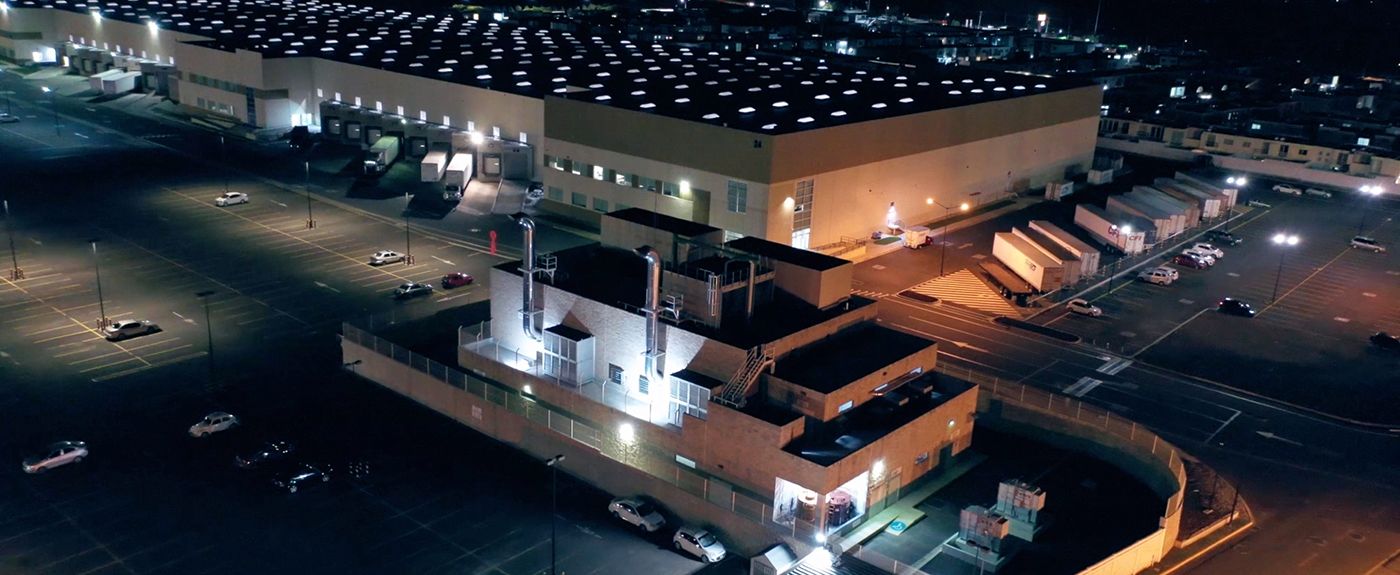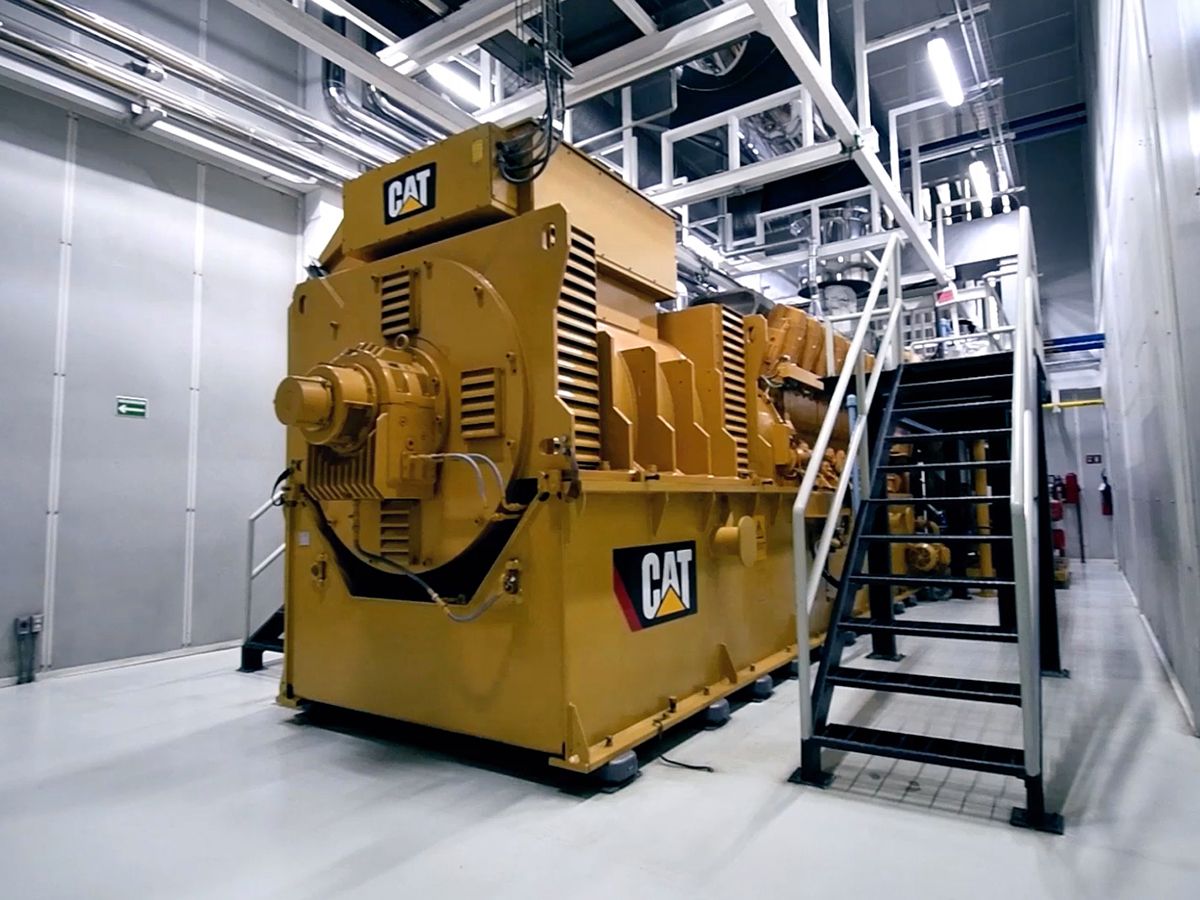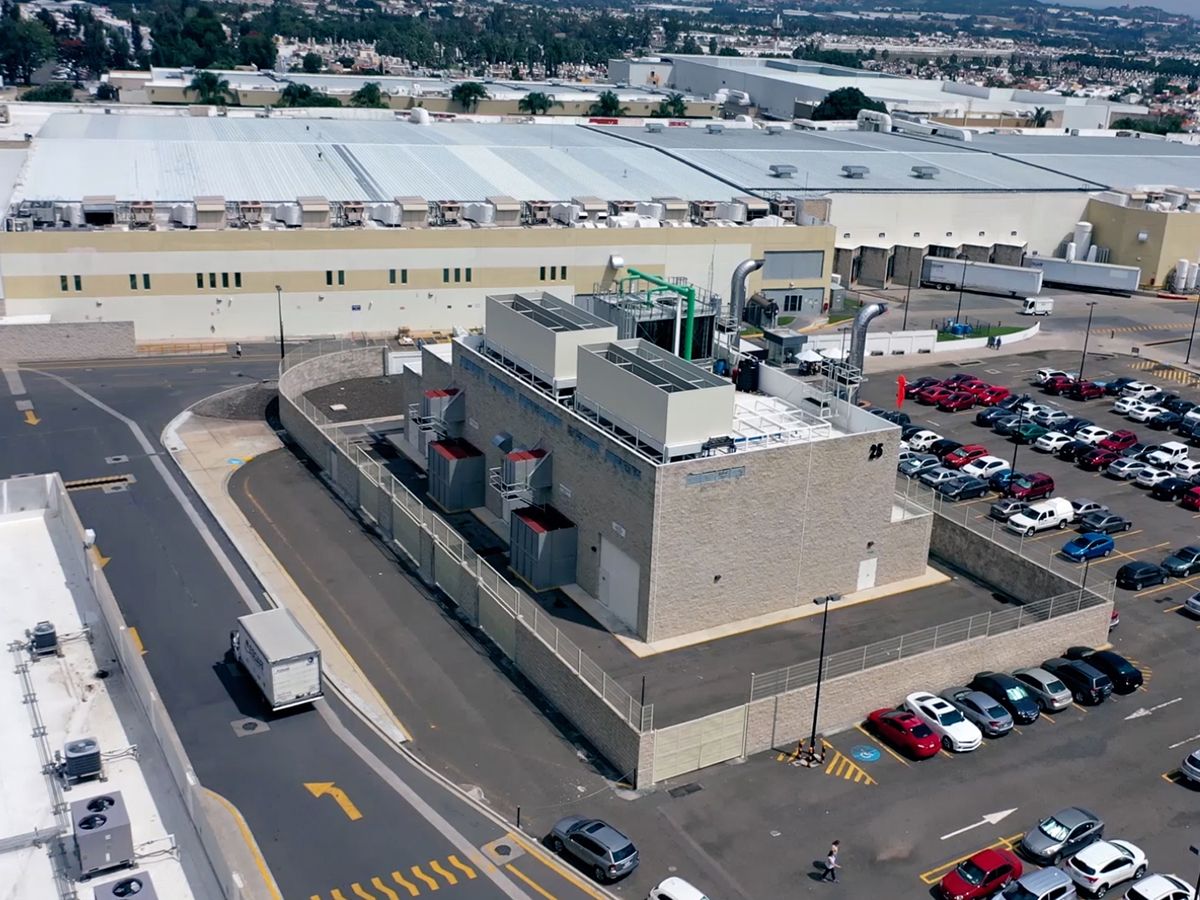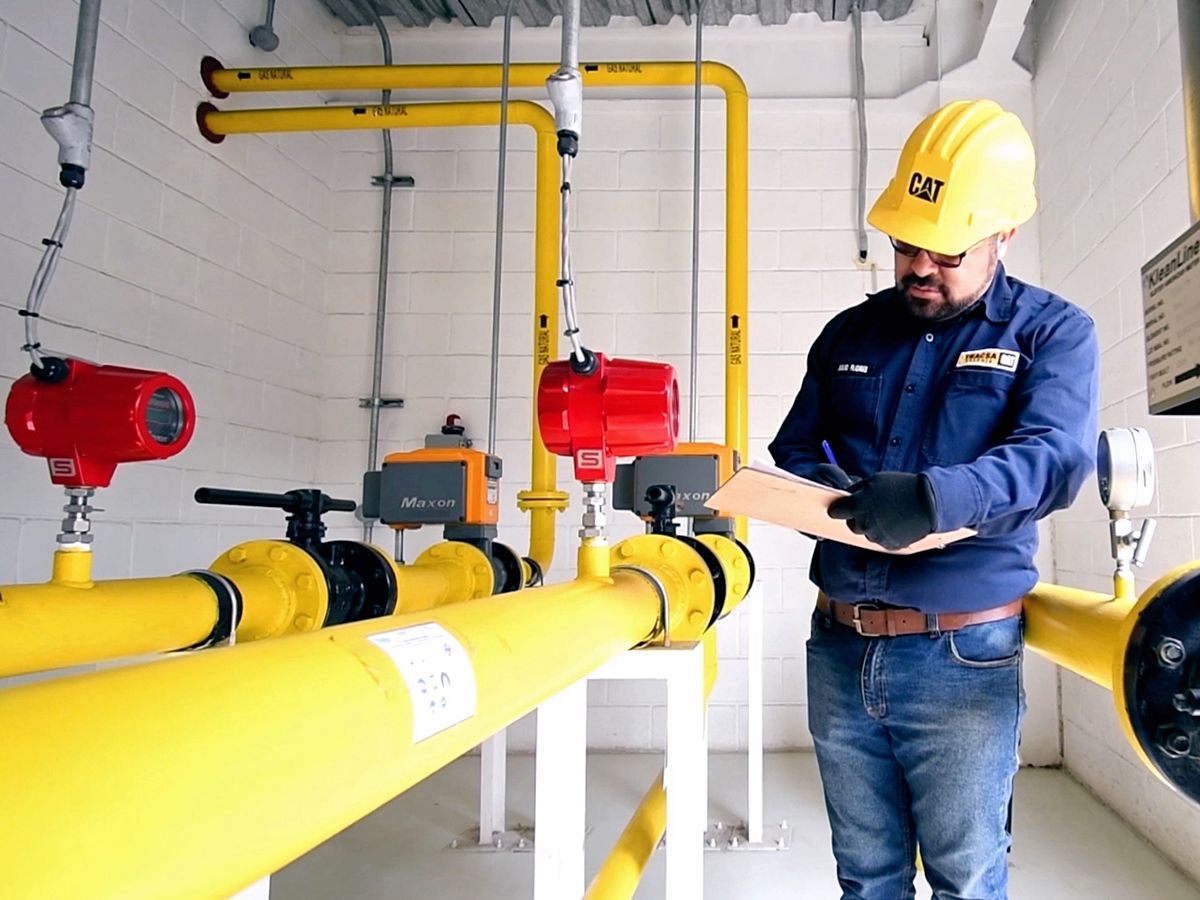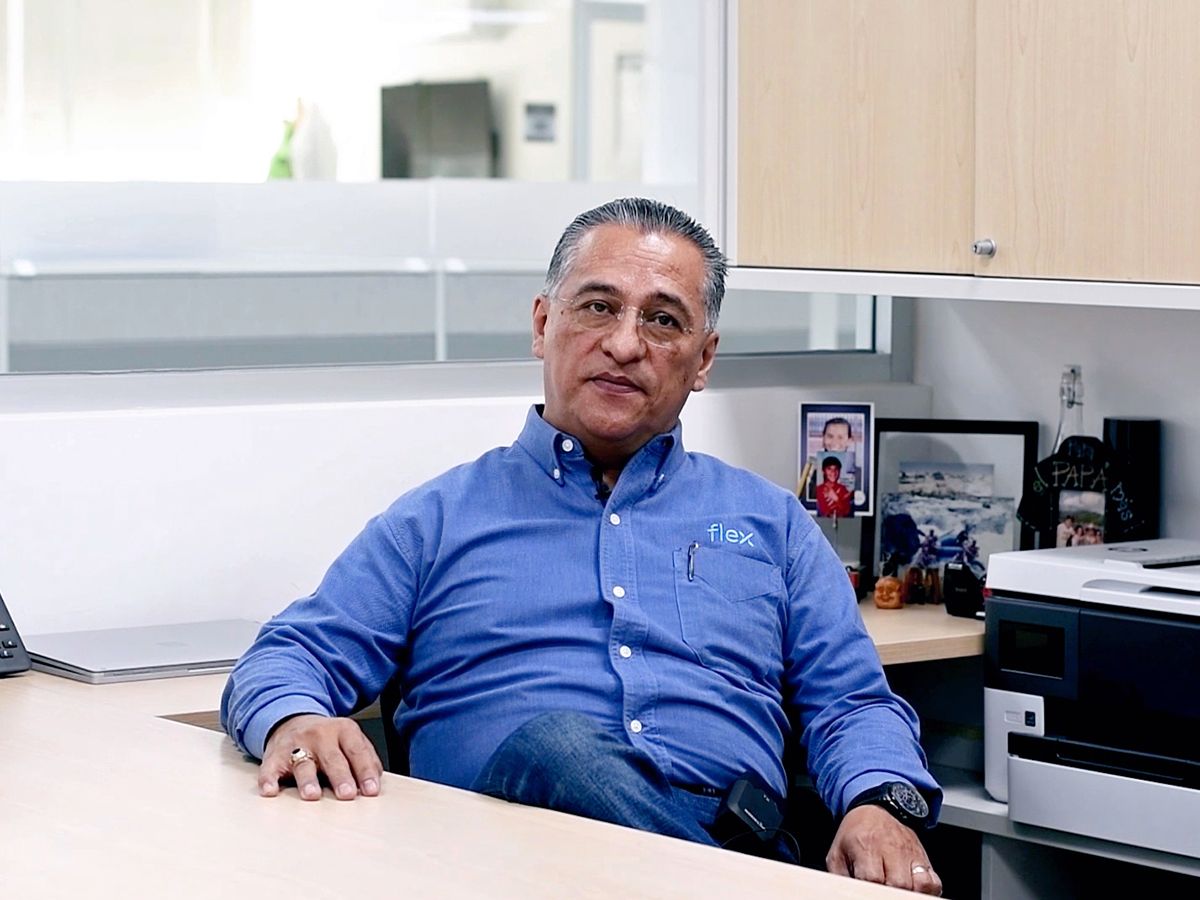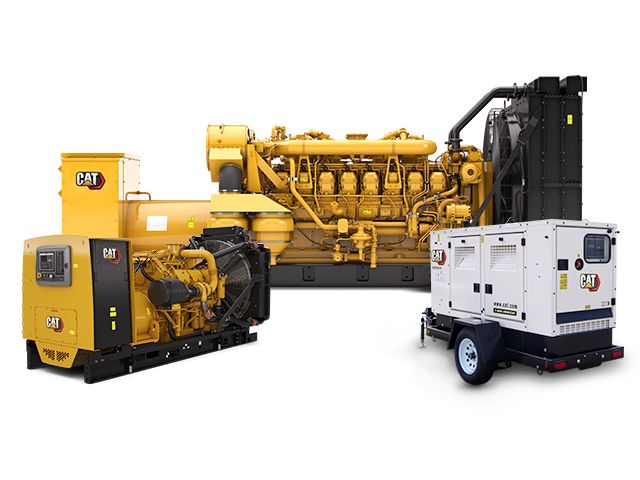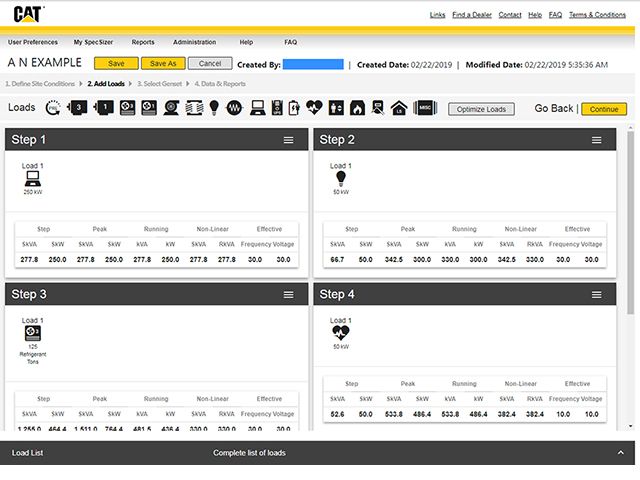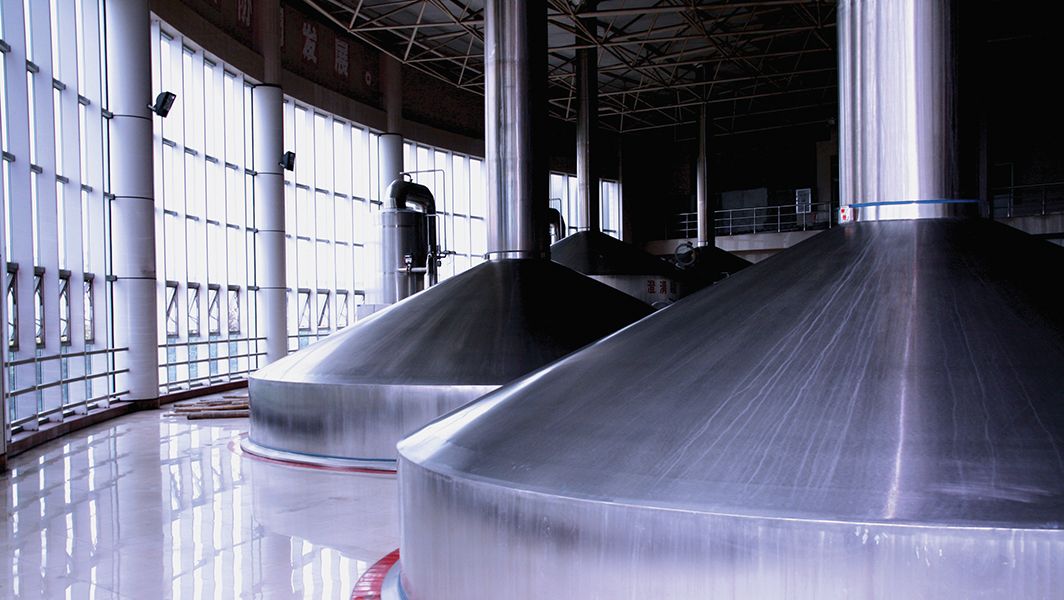Flex Saves with Combined Heat and Power Plants
When it first began operations in 1969, Flex (formerly Flextronics) made circuit boards for a growing number of companies in Silicon Valley. Over the next several decades, the company would expand significantly. When it bought long-time competitor Solectron for $3.6 billion in 2007, Flex moved to the top of the U.S. market and expanded its services to help customers with any aspect of product development. Today, Flex provides innovation, engineering, manufacturing, and supply chain services to various market segments.
Flex has 44,000 employees across several facilities in Mexico. Energy reform has improved Mexico’s electricity industry by allowing private investment throughout the energy value chain, which is expected to introduce competition into the generation side of the industry. Several companies have invested in combined heat and power (CHP) projects in Mexico as a result.




In early 2016, Flex commissioned its first CHP project at its Flex Norte plant in Guadalajara with Cat® dealer Tracsa Energia. In the cogeneration plant, two Cat CG260-16 generator sets produce 8 MW of electric power and an absorption chiller produces 988 tons of chilled water for air conditioning, achieving a net energy efficiency of 80 percent.
With payback on the Flex Norte CHP project expected in less than four years, Flex commissioned a second CHP plant powered by two Cat G3520H generator sets at its Tijuana facility. The plant is anticipated to reach 73 percent energy efficiency and to diminish more than 14,000 tons of carbon dioxide to the environment. Flex also plans to install a third CHP plant at its Guadalajara Sur facility. The energy efficiency of the third cogeneration plant is expected to be 77 percent, while diminishing more than 20,000 tons of carbon dioxide to the environment.
“For Flex, the most important challenge we face is to remain competitive by the solutions we offer to our customers,” says Carlos Figueroa, a senior director for Flex. “The support and experience that Caterpillar and Tracsa Energia provide us in power generation serves to help differentiate Flex from our competition.”


